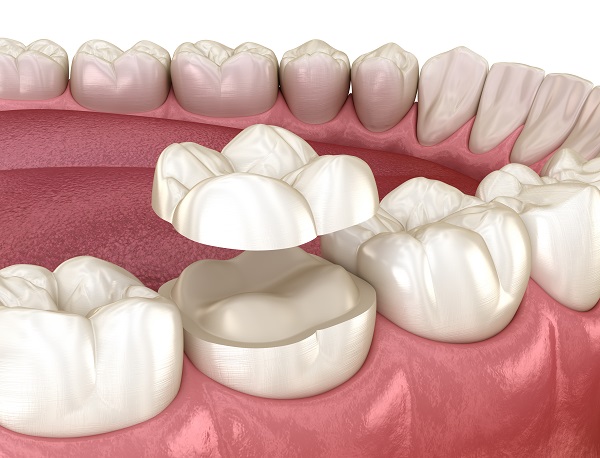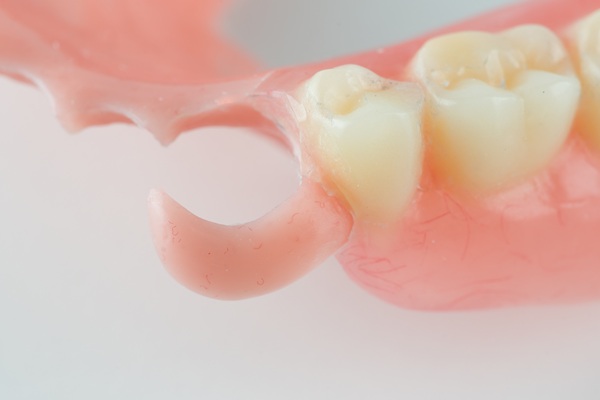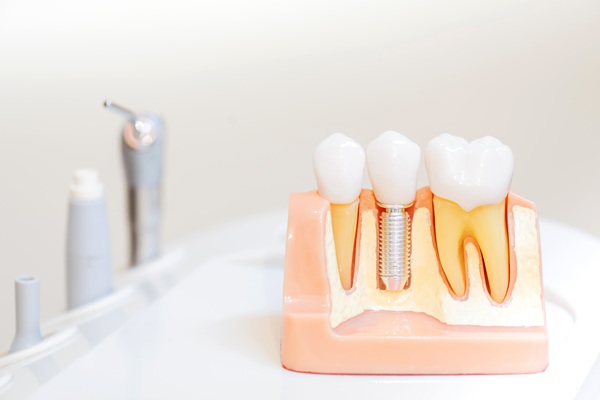How Can a Dental Onlay Treat a Damaged Tooth?

Wondering if a dental onlay will repair your damaged tooth? This dental restoration option is used often by dental professionals in order to repair their patients' teeth. When it comes to whether this treatment option is the right choice, it depends on the extent of the damage.
How teeth get damaged
Thinking you may be in need of a dental onlay? When someone damages one or more of their teeth, the next step they need to take is seeing a dental professional for their professional opinion on the type of treatment they need to restore their damaged teeth. There are many different ways teeth can get damaged, e.g., trauma, eating hard foods, or decay, and understanding these ways can potentially help someone avoid damaging their teeth. Even though there are many ways that teeth can get damaged, dental decay is one of the more common ways. According to Harvard Health, most dental trauma happens to younger people, but adults can damage their teeth too.
Dental onlays as a restored treatment option
A dental onlay is also known as an indirect filling. This means that onlays are created outside of the mouth vs. a treatment option that is performed inside the mouth. Dental professionals often use onlays to treat one or more teeth that are damaged, if the treatment needs to cover one or more of a tooth’s cusps. This restorative treatment option is less invasive compared to other restoration treatments, like dental crowns. This is because there is no need to remove as much of the structure of the tooth, making it a more conservative approach.
Dental onlays are a treatment option that helps give back a tooth’s integrity. It is necessary to use this dental restorative option to fill and cover the biting surface of a tooth, allowing the tooth to once again successfully perform its job. Because there is no chance of a dental onlay making a tooth weaker, which can happen when dental fillings are placed, dental onlays treat damaged teeth by making them stronger. It is essential for all dental patients to make sure that the biting surface of every one of their teeth is in good shape; otherwise, they will not be able to properly chew their food
While placing dental onlays often requires patients to make two different trips to the dental office, some dental offices have in place the digital technology that requires only one dental trip.
Is this the restorative option you need?
Understanding the above information is important, as this allows those who are living with one or more damaged teeth to understand if a dental onlay is the right treatment option for them. The fact that dental onlays are beneficial to repairing damaged teeth makes this one of the more commonly used repair options that dental professionals are using to treat their patients.
Request an appointment here: https://www.marionfamilydentist.com or call Marion Family Dental at (828) 652-6967 for an appointment in our Marion office.
Check out what others are saying about our dental services on Yelp: Dental Onlays in Marion, NC.
Recent Posts
There are many benefits to removable partial dentures instead of alternative treatment solutions (i.e., implant-supported bridges). Understanding the advantages of partial dentures can help you make the most informed choice possible about the best way to replace your missing teeth. Removable partial dentures are a form of teeth replacement for a section of missing teeth. They…
Dental implants are a great option for replacing missing teeth. They can last a lifetime and look and act like your natural teeth. However, many factors determine how many implants you need to replace multiple teeth. While having a dental implant placed in your mouth that looks and acts just like your natural teeth sounds…
You may have heard a lot about sedation dentistry recently. It is appealing to many patients, especially those who have fears about dental treatments. Visiting the dentist may not be the most exciting event in your life, but these appointments are important. You should not avoid seeing the dentist because you are worried about the…
Dental crowns are a reliable and durable solution for restoring the appearance and function of damaged teeth. While dental crowns are designed to last years, proper care and maintenance are essential for extending their lifespan. Following practical steps and working closely with your dentist can protect your investment and enjoy a confident smile for years.Maintaining…


